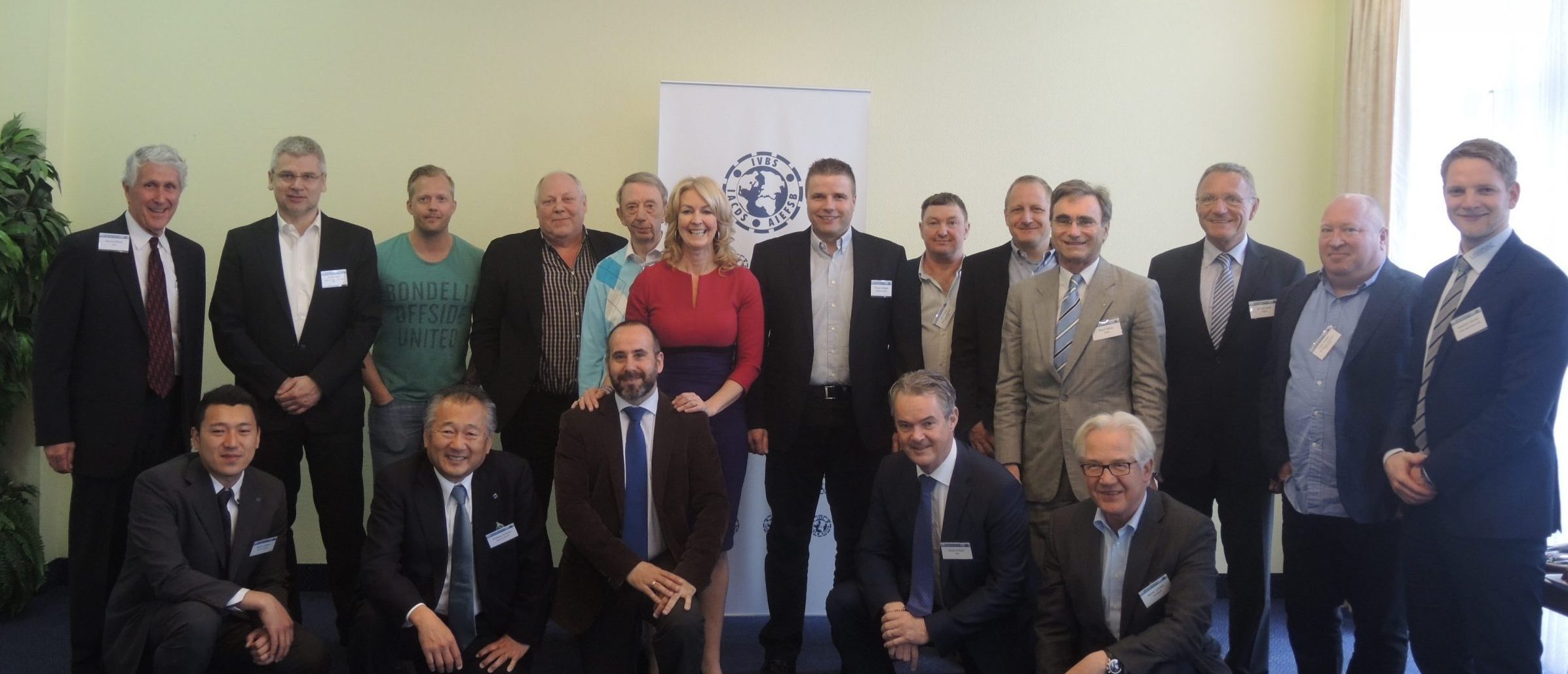
Change Your Mindset

How to Change Your Mindset to See Problems as Opportunities
By Jayson DeMers
Dwelling on problems causes stress and hampers productivity. What if you could train your brain to see problems as opportunities? Here’s how.
Talk to any successful entrepreneur, or any professional with a positive attitude, and you will find one key trait in common: all of them have a unique mentality that allows them to handle challenges differently. Rather than seeing problems as burdensome forces of opposition, they see problems as opportunities—opportunities to learn, grow, improve or adjust in a way that leaves them better off than before the problem existed.
This simple mentality has many benefits. First, it reduces the burden of stress that usually accompanies any new problem—because the problem is viewed in a positive light, it is less intimidating. Second, it contextualizes the problem. Because the mind immediately starts thinking about the effects and potential responses to the problem, it can be broken down and analyzed easier. Third, it encourages growth—this mentality forces you to adapt and improve on a constantly recurring basis. Finally, it is self-perpetuating. Every problem you view or solve this way makes future problems easier to handle, forming a positive cycle of reinforcement.
Unfortunately, there is no magic switch you can flip in your brain that suddenly makes you see all your problems in this light. If you want to adopt this mindset, you will have to take the time to retrain your brain. It is possible, though it will take consistent effort over an extended period of time to see the results.
Accept That Problems Are Inevitable
Most of us react negatively to problems when they take us by surprise. You are on your way to work on a route you always take, and you get a flat tire; this event is completely unexpected, and can make you feel like the day is ruined. However, your work commute almost always has some kind of problem in it—they are usually just so small you do not notice. For example, there might be extra traffic, you might have forgotten something at home or you might not have enough of a charge on your mobile device to listen to music. Even a rogue red light can interfere with your commute.
Problems are a given—only the intensity of the problems are a variable. If you can learn to accept problems as a normal, regular, and completely unavoidable part of life, you will have taken your first step toward handling them with more grace and objective understanding.
Steel Yourself to First Impressions
Our first impressions often define our reactions to new situations, so in order to start seeing problems as opportunities, you have to avoid making first impressions altogether (which is easier said than done). Let us take the flat tire incident in the above section; your first impression might be “I’m going to be late,” “This is going to be a pain” or “This is going to cost me money I haven’t budgeted.” These first impressions immediately illustrate the problem in a negative light, rather than what it is—a neutral situation. Prevent yourself from forming these immediate thoughts by simply thinking of the problem itself: “I have a flat tire.”
Practice this on small-scale problems, like spilling a drink, and work your way up. It is our instinct to form first impressions, especially in urgent or problematic situations, so you’ll be fighting against nature on this one.
Distance Yourself from the Problem
Once that initial reaction stage has passed, you can focus on distancing yourself from the problem. We often have a highly self-centered view on the world, leading us to think of all the bad ways a problem could affect us. But if you think of the problem as a separate entity, unrelated to you, you will do a better job of tempering your emotions and thinking about the problem objectively. One helpful strategy to do this is to describe the problem as if it were happening to a friend: “Bob has a flat tire. He needs to pull off to the side of the road and either put on a spare or call a towing company.” This helps you avoid the ego-centric emotional reactions that typically arise.
Learn to Objectively Evaluate the Threats and Consequences
Your next step is to isolate the real threats and consequences of a problem from your exaggerated or imaginary ones. Doing so will help you shift your focus from seeing the problem as a burden or as a destructive force to seeing the problem as a neutral force that allows you to take action. Whenever you face a problem, make a physical or mental list of all the significant negative consequences it will have. Solidifying a comprehensive list will typically illustrate that your problem is not as destructive as it seemed on the surface; our brains are wired to imagine worst-case scenarios and exaggerate potential threats so we can over-prepare rather than under-prepare. In the modern world, this evolutionary programming is less helpful.
Ignore Reactions, Focus on Improvements
Finally, you will need to train your brain to think of your response to a given problem as an improvement, rather than a blind reaction. For example, in the flat tire incident, it is easy to think “I have a flat tire. Now I have to fix it.” This is a direct reaction to the situation. Instead, try to think of current and future improvements: “I have a flat tire. This will give me a chance to use my spare.” “I have a flat tire. I should buy tire sealant to have on hand in case this happens again.” Over time, you will gradually start seeing problems in terms of the potential improvements they illustrate, rather in terms of the actions they demand of you. Again, as with any mental shift, start out with small scenarios and gradually work your way up to larger ones.
You are always going to have problems in your life, whether they come up as personal issues, professional challenges or flat-out bad luck that ruins your day. If you can train your mind to view these problems as opportunities for growth, you will become far more adept at handling them quickly, efficiently and with less stress.













